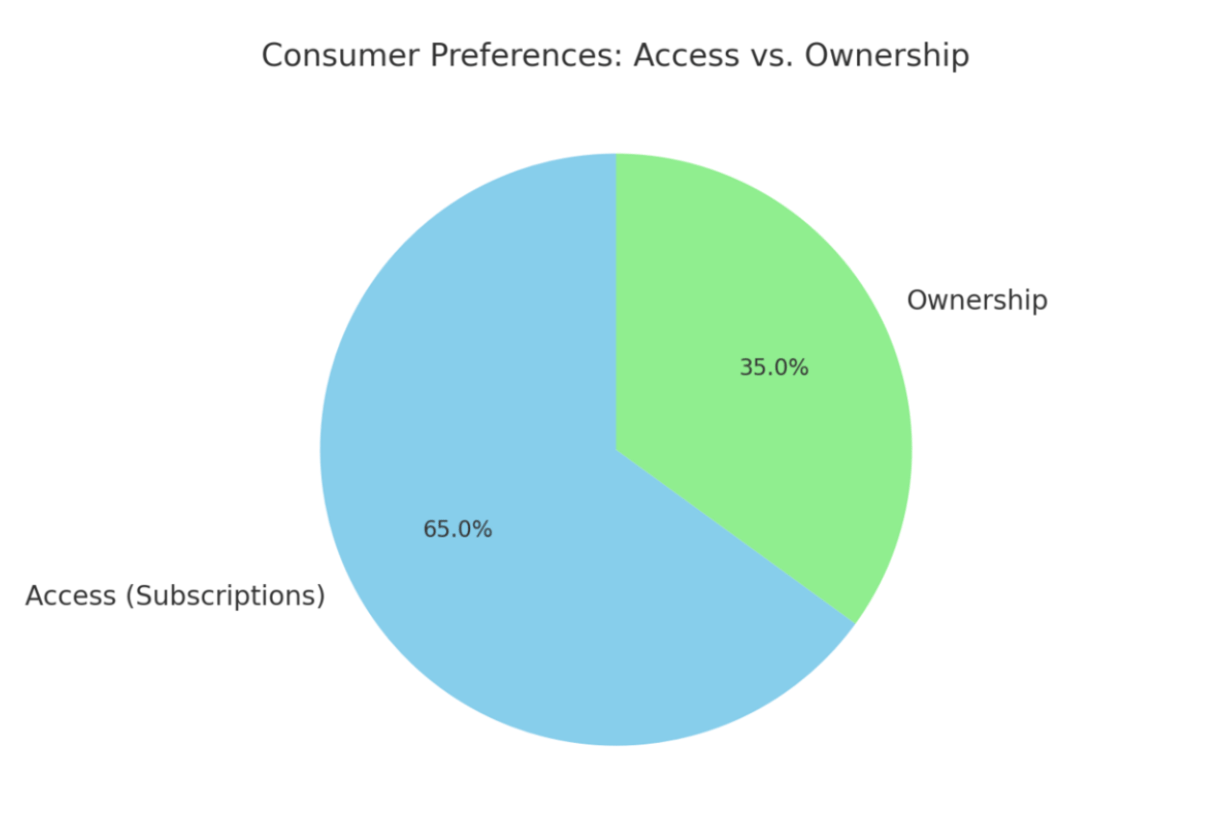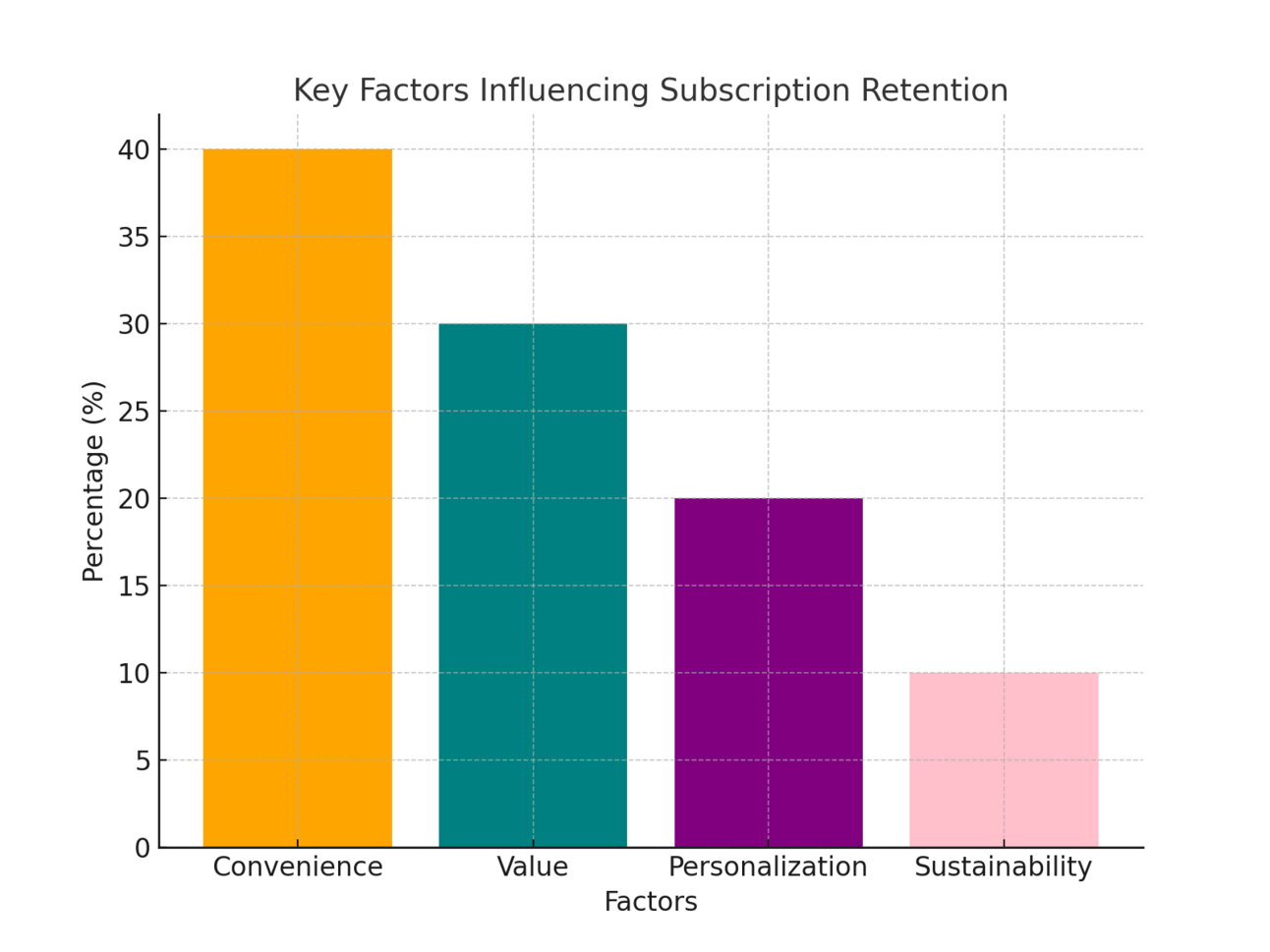- Growth Elements
- Posts
- How Subscription Models Are Transforming Consumer Choices
How Subscription Models Are Transforming Consumer Choices
Read time: 4 minutes.
Welcome to the 86th edition of The Growth Elements Newsletter. I write an essay on growth metrics, experiments, and business case studies every Monday and sometimes on Thursday.
Today's piece is for 6,500+ founders, operators and leaders from businesses such as Shopify, Google, Sage, Hubspot, Zoho, RateGain, Zaggle, Servcorp, and Apollo.
Today's The Growth Elements is brought to you by:
Learn What Fortune 500 Marketers Know
Marketing strategies from industry leaders like the NBA, Liquid Death & Oatly.
Behind-the-scenes stories of campaigns that crushed it.
Actionable tips to boost your results today.
Run CTV Ads on Roku This Q5
“Q5” is a key post-holiday shopping period
Reach shoppers where they’re streaming – on Roku
You can run self-serve CTV ads for just $500
Thank you for supporting our sponsors, who keep this newsletter free.
Happy Monday!
Subscription models are not just a payment method; in the last decade, it shifted how consumers access products and services.
From streaming platforms to meal kits, businesses are leveraging subscriptions to create continuous engagement and drive customer loyalty.
Here’s how subscription models are reshaping consumer behaviour:
[1] Rise of Access Over Ownership
Consumers increasingly value access over outright ownership:
Streaming Services: Platforms like Netflix and Spotify provide unlimited access to vast libraries of content for a fixed fee, eliminating the need for costly individual purchases.
Shared Economies: SaaS tools like Adobe Creative Cloud replace expensive one time licenses with affordable subscriptions.

This shift has created an expectation of flexibility and affordability.
[2] Predictable Costs, Predictable Value
Subscriptions offer consumers predictable, recurring costs:
Convenience: Meal kit subscriptions like HelloFresh simplify grocery shopping with curated, pre-portioned ingredients.
Value Consistency: Amazon Prime bundles services like streaming, faster delivery, and exclusive discounts for a single price.
This predictability encourages long-term commitment.

[3] Hyper-Personalization and Engagement
Subscription models thrive on data-driven personalization:
Product Recommendations: Platforms like Netflix use algorithms to suggest relevant content, keeping users engaged.
Curated Experiences: Subscription boxes like Birchbox offer tailored products based on consumer preferences, enhancing customer satisfaction.
[4] Habit Formation and Brand Stickiness
Subscriptions tap into psychological habits to drive retention:
Automatic Renewals: Consumers often continue subscriptions out of habit, making the cancellation process less frequent.
Perceived Loss: The fear of losing access to services deters users from unsubscribing.
[5] Sustainability and Minimalism
Subscription models align with growing consumer values like sustainability and minimalism:
Shared Resources: Platforms like Zipcar promote resource efficiency by enabling shared vehicle access.
Eco-Friendly Practices: Subscriptions for eco-conscious products, such as Grove Collaborative, appeal to environmentally aware consumers.
Final Words
Subscription models have transformed the traditional buyer-seller relationship into an ongoing partnership.
By offering access, value, personalization, and sustainability, businesses are redefining how consumers engage with their products and services.
The result? A world where subscriptions are no longer a luxury - they’re an expectation.
That's it for today's article! I hope you found this essay insightful.
Wishing you a productive week ahead!
I always appreciate you reading.
Thanks,
Chintankumar Maisuria